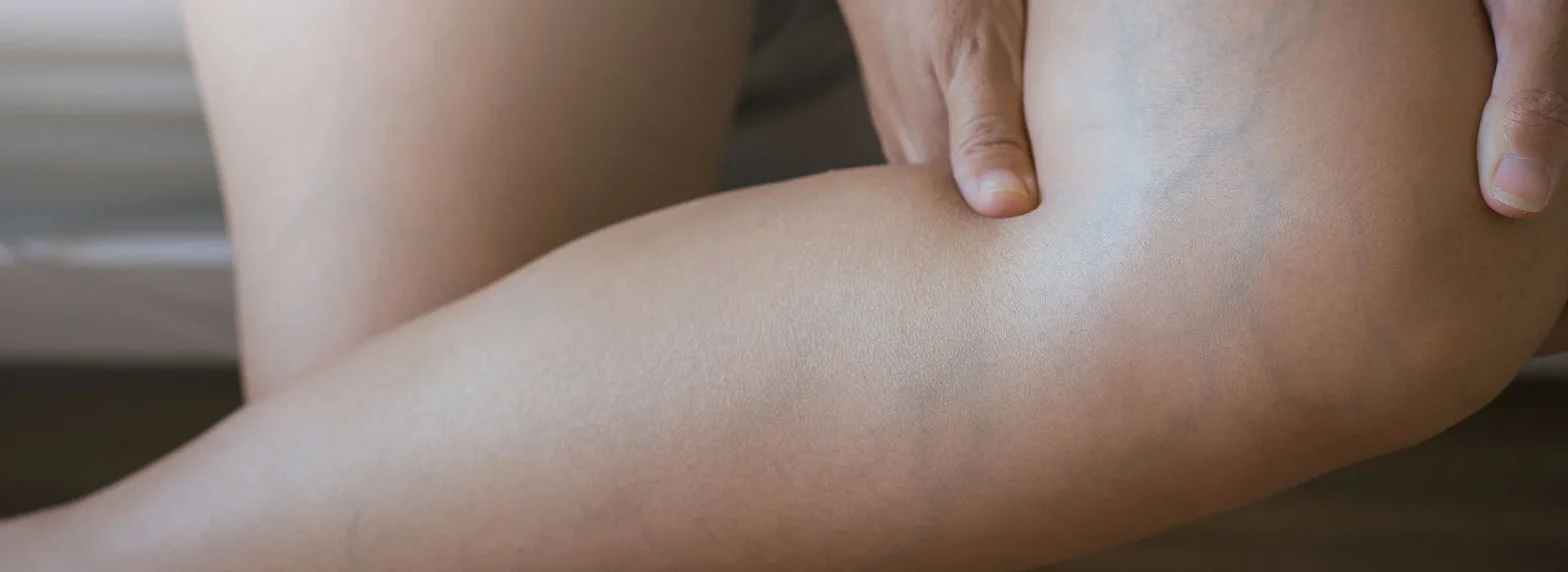When dealing with persistent discomfort or injury, many people wonder why they should visit a specialized back pain center instead of a standard medical clinic. Understanding the differences can help patients make informed decisions and receive the care they truly...
Read MoreExperiencing a home flood can be overwhelming and stressful. Water damage can compromise the structure of your property, ruin personal belongings, and lead to long-term issues like mold growth if not handled promptly. Acting quickly after a flood can significantly minimize damage and reduce restoration costs. So, what should you do immediately after a home flood? Let’s break it down step by step.
Why Is Immediate Action Important After a Home Flood?
When water enters your home, it doesn’t just stay on the surface. It seeps into walls, floors, and furniture, causing hidden damage. The longer the water remains, the higher the risk of structural issues and mold development. Mold can begin to grow within 24–48 hours of flooding, making Basement Flood Cleanup and other restoration steps a race against time.
Taking action right away protects your property, your health, and your finances. Companies like Ideal Response emphasize the importance of early intervention for a successful recovery process.
What Safety Measures Should You Take First?
Before you start cleaning, safety comes first. Standing water and damaged structures can be hazardous. Here are the initial safety steps:
- Turn Off Electricity and Gas: If it is safe to do so, shut off power and gas in the flooded areas to prevent electrocution or gas leaks. Never step into standing water if the power is on.
- Wear Protective Gear: Use waterproof boots, gloves, and masks to avoid exposure to contaminated water and bacteria.
- Check for Structural Damage: Flooding can weaken walls and floors. If you suspect serious structural damage, evacuate and call professionals immediately.
How Do You Remove Standing Water Quickly?
After ensuring safety, the next urgent task is removing water from your home. Fast water extraction prevents further damage and prepares your space for drying. Depending on the amount of water, you can:
- Use Pumps or Wet/Dry Vacuums: For large amounts of water, a submersible pump is effective. For smaller floods, wet/dry vacuums work well.
- Mop and Bucket for Small Puddles: In less severe cases, manual removal is possible.
- Call Professionals for Major Flooding: A severe home flood often requires experts with industrial-grade equipment for proper water extraction.
Companies like Ideal Response specialize in water removal and Basement Flood Cleanup, ensuring no hidden moisture remains.
What Should You Do With Wet Items and Furniture?
Your belongings are an important part of your home. After removing standing water, start salvaging what you can:
- Separate Damaged from Salvageable Items: Keep items that can be dried and restored, such as certain furniture, clothing, and electronics.
- Dry Rugs and Upholstery Promptly: Remove rugs and furniture from wet floors and dry them in a well-ventilated area.
- Discard Unsafe Materials: Items like mattresses and insulation that have absorbed contaminated water are often beyond saving and should be discarded.
Taking inventory of damaged items is also important for insurance claims.
How Do You Begin Drying Out the Area?
Drying is crucial to prevent mold growth and further structural damage. Once the water is removed, follow these steps:
- Open Windows and Doors: Promote air circulation for natural drying.
- Use Fans and Dehumidifiers: High-powered fans and dehumidifiers speed up the drying process.
- Check Hidden Moisture: Moisture can linger behind walls and under flooring. Use a moisture meter or call professionals for a thorough check.
Quick and complete drying is essential for effective Basement Flood Cleanup and to prevent long-term issues.
Should You Clean and Disinfect After a Flood?
Floodwater often contains bacteria, chemicals, and debris. Cleaning and sanitizing are vital for a healthy living environment:
- Disinfect Surfaces: Use a mixture of water and household bleach (or other approved cleaners) to disinfect walls, floors, and furniture.
- Wash Fabrics Thoroughly: Wash clothing, curtains, and bedding in hot water to kill bacteria.
- Dispose of Contaminated Materials: Anything that cannot be cleaned thoroughly should be thrown away.
What About Mold Prevention?
Mold can cause serious health issues and damage your property. To prevent mold after a home flood:
- Keep Humidity Levels Low: Run dehumidifiers continuously until everything is completely dry.
- Use Mold-Inhibiting Cleaners: Apply antifungal solutions to at-risk areas.
- Monitor for Signs of Growth: Even after cleaning, check walls, ceilings, and floors for any musty odor or discoloration.
How Do You Handle Insurance and Documentation?
Filing an insurance claim is an important part of flood recovery. To make the process smooth:
- Take Photos and Videos: Document all damages before discarding anything.
- Make a Detailed Inventory: Include item descriptions and estimated values.
- Contact Your Insurance Provider Quickly: Inform them as soon as possible to start the claim process.
Proper documentation can save you from financial stress later.
When Should You Call Professionals?
While minor floods can sometimes be managed on your own, major flooding requires professional help. Experts handle water extraction, drying, cleaning, and sanitizing with specialized tools and techniques.
Professional restoration companies like Ideal Response provide complete solutions for Basement Flood Cleanup and full-home restoration, ensuring your property is safe, dry, and habitable again.
Final Thoughts: Act Fast and Stay Safe
The first steps after a home flood are all about safety, quick action, and thorough cleaning. From turning off utilities to drying and disinfecting, every step matters in reducing damage and restoring your home.
If the situation feels overwhelming, don’t hesitate to call professionals for assistance. Prompt action and expert help will save you time, money, and stress in the long run.



